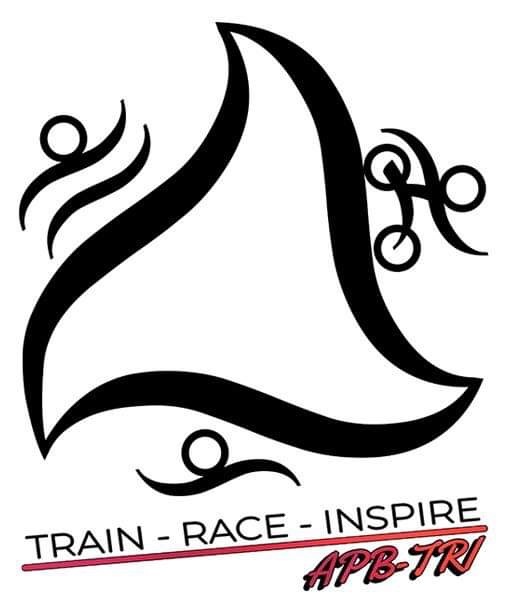
Some of you may recall that before COVID craziness started, I got to attend an event with Meb Keflezighi and he advised me to incorporate trail running into my training routine. It may have been a while, but I decided to finally give more thought to (and do more research on) this subject.
For a while, I used to run mostly on trails. It was when I lived in California along the Pacific Coast. It was amazing! However, I later moved and switched to road (and treadmill 😐) running. When I went on my favorite route a few years later, I ended up with my back and joints hurting. I will skip the part where I slipped into a ditch…
Benefits of trail running
Isn’t being out in the nature benefit enough? Fresher air, nicer views, more me-time… Sounds delightful!
If that doesn’t convince you though, here are a few more:
- Decreased risk of injury from repetitive stress (you know, like pounding the asphalt a lot)
- Less ‘traffic’ – you know, like cars, bikes or little kids with training bikes, who swerve into you randomly (yes, this one is weirdly specific…). I could use that…
- Mental health – when you run on a trail, you aren’t probably even thinking about the gorgeous views as much as ‘where do I put my foot down’. Those are low-stress, yet all-consuming thoughts. What a great mental break!
- Becoming stronger overall – you need way more muscle to tackle uneven terrain. According to Meb, you should do most of your runs on trails, except for speed work.
Challenges
I know I said tons of amazing things about trails, but it doesn’t mean there aren’t any ‘challenges’ associated with it. You know, like the aforementioned face-planting. When you run on trails, you will slip, trip and step into ‘unknown substances’. Hopefully, you won’t get actually hurt. But it is part of the charm. You may want to bring a first-aid kit with you, especially if you’re running a longer distance or are particularly clumsy (🙋♀️).
Getting lost is a serious possibility if you’re running through the middle of nowhere, surrounded by trees and such. My trail runs in California were on the bluffs, so getting lost was not a threat – I had the ocean on one side and the road on the other side was never further than like a mile away. Hard to get lost there! Always make sure you know where you’re going and how to get back.
Wildlife. It’s one of the benefits, isn’t it? You know, like that bird who tries to steal women’s hair by the lake near my house 😆. But seriously: some of those guys can be dangerous. And I am not even talking about skunks with rabies (yep, that’s in my neighborhood, so top of the mind!). Know what kinds of animals you can expect in your area and what to do if you encounter them.
Finding trails
Do you think there are no running trails where you live? You may be surprised to find out they are hiding in plain sight! If you are just starting to dabble in trail running, you may not need much. Around me, there are dirt paths along the paved roads or just a few yards away. It’s easy not to get lost and you can always abort the mission should you decide it’s not for you or have to bail for whatever other reason. I know it’s a very beginner level, but may be a wise place to start if you’re a complete novice. Later, you can look for something more interesting.
Once you decide you want a real trail, there is a number of ways to find them. Simple one: just look at a map of your area. All those green areas? Chances are there are tails in there. Running groups and running stores will most likely be able to provide you with good ideas, too. Trail Running magazine has some advice on interesting destinations here. And, as always: google it or visit a national park.
Gear for trail running
Shoes
First and foremost, if you’re going to run on trails regularly, you need to invest in appropriate shoes. Road shoes are awesome, but they don’t account for some unique needs on a trail. Trail running shoes tend to be closer to the ground (to decrease a change of rolling your ankles), have bigger treads (to help you stay attached to the ground when it gets slippery) and generally heavier-duty, since you are definitely using them more intensely when the terrain gets rougher.
Hydration
There is a number of other things you need to take into consideration on a trail, like water. You may be used to having water fountains where you run. Chances of finding one on a trail are low. And water in rivers may not be safe for drinking. On my regular runs, I like to bring a bottle. This won’t work well on a trial – you need your hands for balance and dealing with obstacles. Thus, consider a water pack, hydration belt or vest.
Clothing
Hat, glasses (either sun or clear), long pants – you may want to look for stuff that will protect you from the fabulous ‘nature’ you will be surrounded by. If your trail has a lot of spots with bushes and rough, tall grasses, you may want to wear long pants or tall socks. Otherwise you end up scratched up. If you are a woman who is fond of short dresses, it may make for an embarrassing look. Glasses are helpful when there are branches eagerly waiting to poke your eyes out. And hats – well, I always wear something on my head when I run. Sun, branches, crazy birds… So many reason to cover your hair!
Navigation
Navigation tools or something of the sort – you don’t want to get lost! When you’re running in the wild, it’s really easy to take a wrong turn. You may think ‘I can trace my steps back’. But can you? You were running, getting tired. Are you sure you paid enough attention? And keep in mind that you are going from the opposite direction, so it will look different. Make sure you have a way to get yourself back safely.
I hope to see you on the trails this season!
